
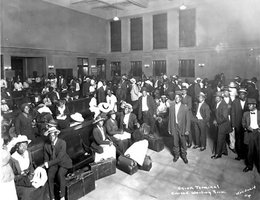
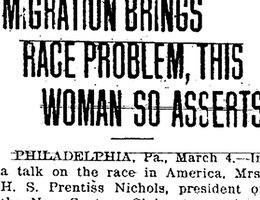
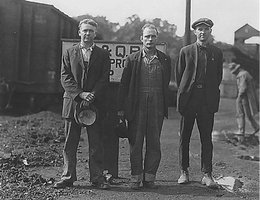
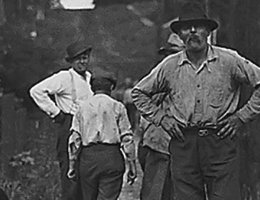

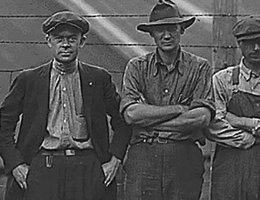
As if these "pushes" and "pulls" were not enough, the packing plants in Omaha were actively recruiting African Americans throughout the South, despite laws against recruiting in several southern states. Meatpacking in Omaha was big business, but there weren’t enough workers to fill the available jobs during the 1910s.
Also, the city’s black newspaper, the Omaha Monitor, was filled with stories of how good it was for blacks in the city. The Star and other black newspapers regularly reported on the progress of the migration. They knew this was an historic event.When Omaha experienced labor strikes, blacks were hired to replace the striking workers. The white newspapers and workers who had been replaced were very angry with this.
The Omaha Bee hyped the stories and caused increased racial tension. So the migration of blacks to Omaha and the hiring of black workers was a source of irritation in the labor market that added to existing racial hostilities.